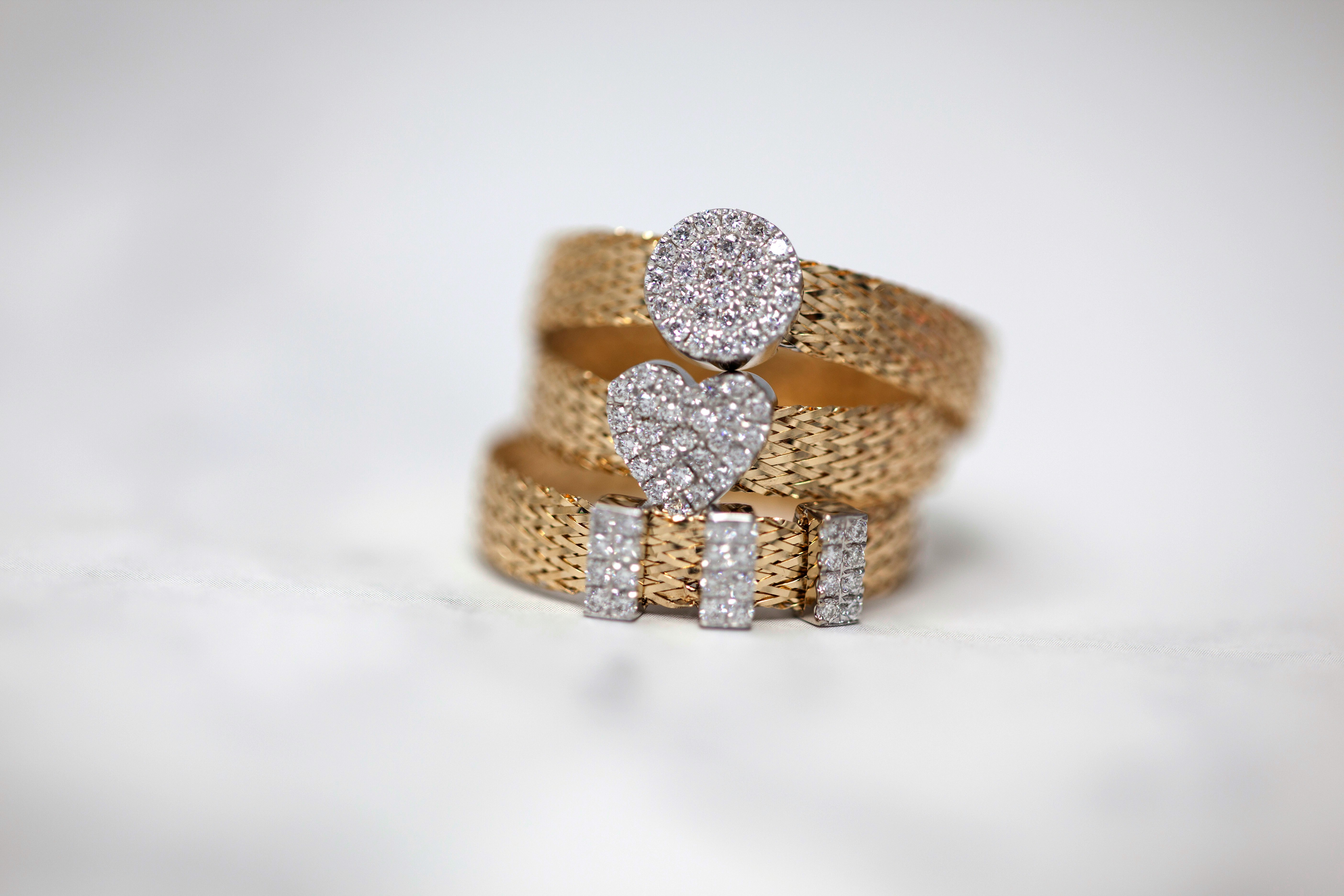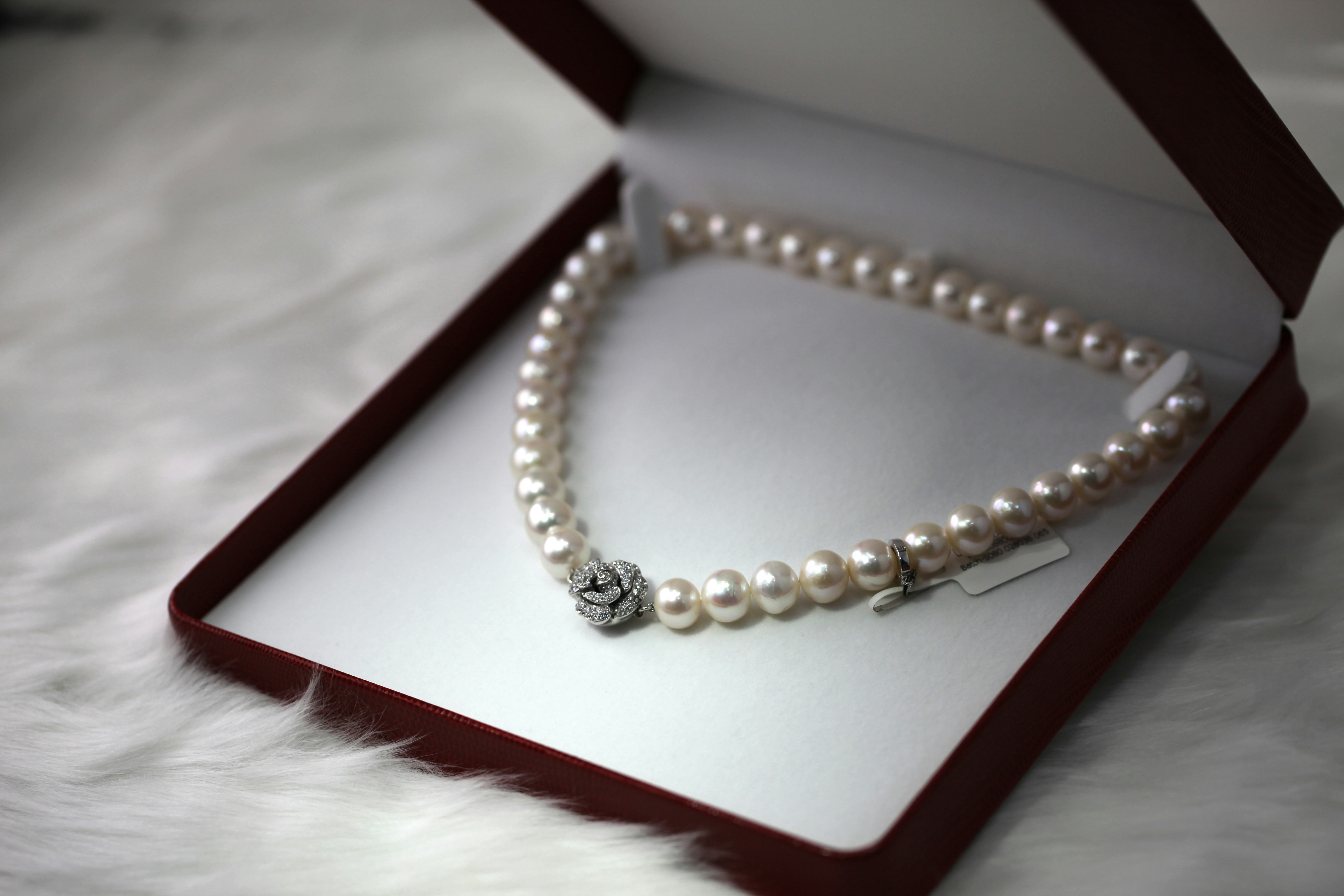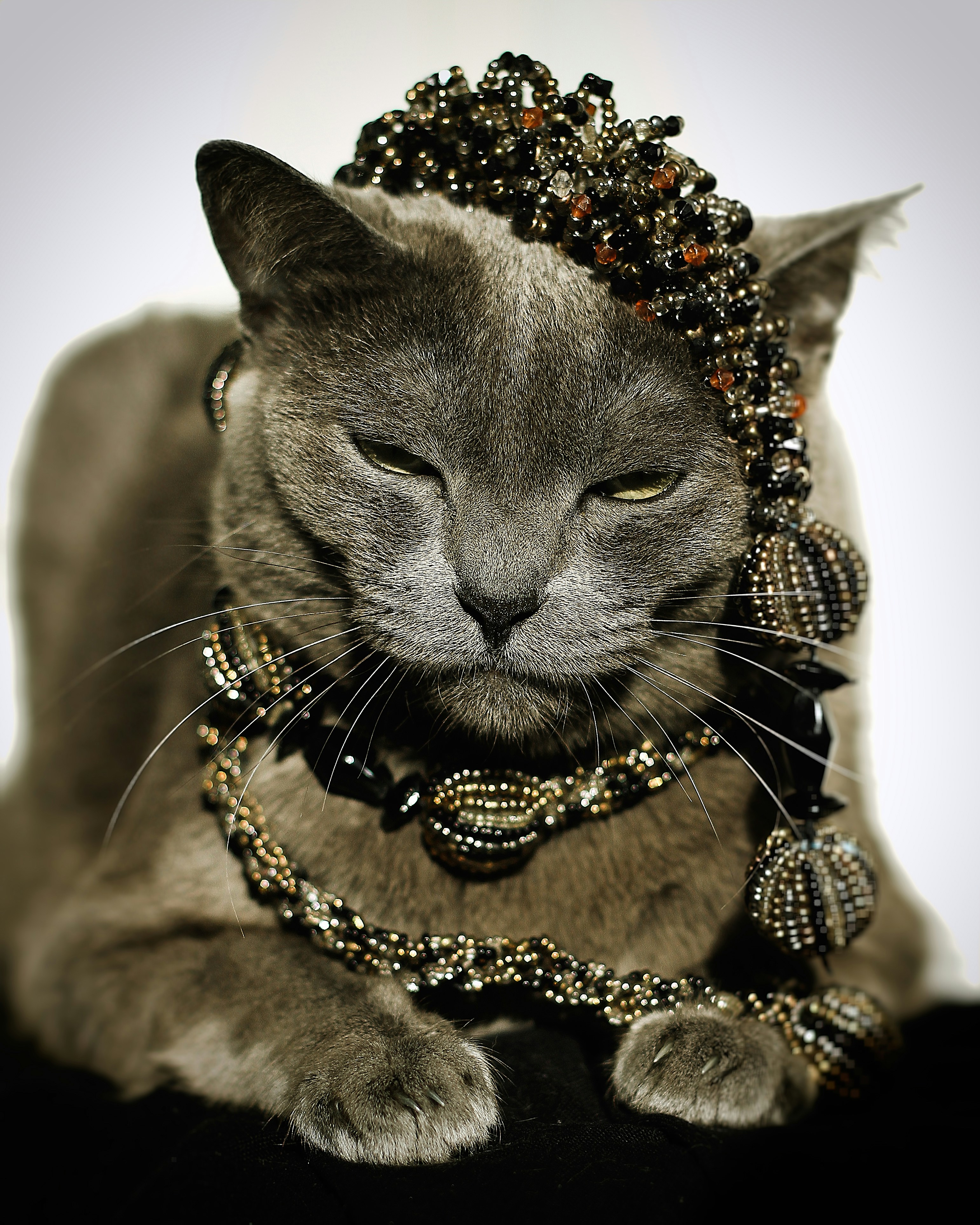Vintage Harry Winston Jewelry Buying Guide
Alexander Kellerson

Research and Education
Learning about Harry Winston is the first step in your journey to buying vintage Harry Winston jewelry. Founded in 1932, the House of Harry Winston has been synonymous with luxury and elegance. Known as the 'King of Diamonds,' Harry Winston's pieces are celebrated for their exceptional craftsmanship and high-quality gemstones. The brand's history and reputation for creating stunning, one-of-a-kind pieces make it a coveted name in the world of fine jewelry.
Familiarizing yourself with key collections and iconic pieces will enhance your appreciation and knowledge. Notable collections include the Winston Cluster, known for its intricate, three-dimensional designs that showcase the beauty of each diamond, and the Belle collection, which features vintage-inspired pieces with modern elegance. Understanding these collections can help you identify and select the right piece for your collection.
Delving into the signature styles and unique characteristics of Harry Winston jewelry will enable you to make informed decisions. Pay attention to the brand's design elements, such as the use of high-quality diamonds and gemstones, and the meticulous craftsmanship that goes into each piece. This knowledge will not only help you recognize authentic Harry Winston jewelry but also appreciate the artistry behind it.
Authentication
Ensuring the authenticity of vintage Harry Winston jewelry is crucial. Authentic pieces often come with certificates of authenticity from Harry Winston, which provide detailed information about the piece's origins and materials. These certificates are essential in verifying that you are purchasing a genuine Harry Winston creation.
Consider having the piece appraised by a reputable jewelry expert or an independent appraiser specializing in vintage jewelry. An expert appraisal can confirm the piece's authenticity, evaluate its condition, and provide an accurate assessment of its value. This step is particularly important when dealing with high-value items like vintage Harry Winston jewelry.
Authentication is not just about verifying the piece but also about ensuring you are making a sound investment. Authentic Harry Winston jewelry holds significant value and is often sought after by collectors and enthusiasts. By taking the necessary steps to authenticate your purchase, you can buy with confidence and peace of mind.
Condition and Quality
Examining the condition and quality of vintage Harry Winston jewelry is essential. Inspect the piece closely for any signs of wear, damage, or repairs. While minor wear is expected in vintage pieces, significant damage can affect the piece's value and appeal. Ensure that the jewelry is in good condition and that any repairs have been done professionally.
Harry Winston is renowned for using only the finest gemstones in its jewelry. Pay special attention to the quality of the gemstones, including the four Cs: carat, cut, color, and clarity. The brilliance and quality of the diamonds and other gemstones are what make Harry Winston pieces stand out. Ensuring that the stones are of high quality will maintain the piece's value and allure.
Quality craftsmanship is a hallmark of Harry Winston jewelry. Examine the piece's construction and details, such as the setting and finishing. The meticulous craftsmanship ensures that each piece is not only beautiful but also durable and well-made. Investing in high-quality Harry Winston jewelry means acquiring a piece that will be cherished for generations.
Provenance and History
Understanding the provenance and history of a vintage Harry Winston piece adds to its allure and value. Investigate the origin of the piece and its previous owners. Pieces with a notable history or connection to prominent figures can be especially valuable and interesting. Knowing the story behind the jewelry can enhance your appreciation and connection to it.
Documentation is key when it comes to provenance. Look for original sales receipts, packaging, and any historical records that can verify the piece's origins. These documents not only provide proof of authenticity but also add to the piece's historical significance. Collecting these documents can significantly increase the value and desirability of your vintage Harry Winston jewelry.
A well-documented history can set a piece of vintage jewelry apart. Whether it has been passed down through generations or was once owned by a notable individual, the provenance can add a unique and personal touch to your collection. This historical context can make owning and wearing the piece even more special.
Trusted Sellers
Purchasing vintage Harry Winston jewelry from trusted sellers is crucial to ensure authenticity and quality. Reputable dealers and auction houses, such as Christie's, Sotheby's, and authorized Harry Winston boutiques, are reliable sources for acquiring genuine pieces. These sellers have established reputations and expertise in high-end vintage jewelry, providing peace of mind in your purchase.
When buying from a dealer, inquire about their return policy. A clear return policy is essential in case the piece does not meet your expectations or if issues arise after the purchase. Trusted sellers typically offer customer-friendly return policies, ensuring that you are satisfied with your acquisition.
Building a relationship with a reputable dealer can be beneficial for future purchases. Trusted sellers can offer valuable advice, exclusive access to new acquisitions, and insights into market trends. Establishing this connection can enhance your overall buying experience and help you build a distinguished collection of vintage Harry Winston jewelry.
Market Value
Understanding the current market value of vintage Harry Winston jewelry is essential for making informed purchasing decisions. Research market trends and prices to gauge the value of different pieces. Factors such as rarity, condition, and historical significance can influence the market value of a piece. Staying informed about market trends will help you identify fair prices and potential investment opportunities.
Comparative shopping is an effective strategy for ensuring you get the best deal. Compare prices from different sources, including dealers, auction houses, and online platforms. This approach will give you a better understanding of the price range for similar pieces and help you negotiate better deals. Don't rush the process; take your time to find the right piece at the right price.
Investing in vintage Harry Winston jewelry can be both rewarding and lucrative. High-quality, well-maintained pieces often appreciate over time, making them valuable additions to your collection. By understanding market values and trends, you can make strategic decisions that benefit both your collection and your investment portfolio.
Personal Preference
Choosing vintage Harry Winston jewelry is a deeply personal decision. Consider your style and preferences when selecting a piece. Whether you prefer classic designs or bold, statement pieces, ensure that the jewelry you choose resonates with your taste and complements your wardrobe. A piece that reflects your personal style will be more enjoyable to wear and showcase.
Think about the versatility and wearability of the piece. Vintage jewelry can be a beautiful addition to various outfits and occasions, from everyday wear to special events. Select pieces that can seamlessly integrate into your lifestyle and be worn frequently. This practical consideration will maximize the value and enjoyment you get from your purchase.
Emotional connection plays a significant role in selecting vintage jewelry. Choose pieces that have a personal meaning or evoke a sense of nostalgia. Whether it's a design that reminds you of a cherished memory or a gemstone that holds special significance, the emotional value of the jewelry can make it even more special and meaningful to you.
Maintenance and Care
Proper maintenance and care are essential to preserve the beauty and value of your vintage Harry Winston jewelry. Store your pieces in a jewelry box or a soft pouch to prevent scratches and damage. Keeping your jewelry separate from other items will avoid tangling and abrasion, ensuring that each piece remains in pristine condition.
Regular cleaning is necessary to keep your vintage jewelry sparkling. Use gentle cleaning methods, such as a soft brush and mild soapy water, to remove dirt and oils. Avoid harsh chemicals and ultrasonic cleaners, as they can damage delicate vintage pieces. Regular cleaning will maintain the brilliance and appeal of your jewelry.
Professional servicing is recommended to ensure the longevity of your vintage Harry Winston jewelry. Periodically have your pieces checked and serviced by a professional jeweler. They can perform necessary repairs, such as tightening loose stones or fixing clasps, and provide expert cleaning. Professional care will help preserve the condition and value of your cherished jewelry.





